Review by Pete Vack
Order here https://www.daltonwatson.com/Marcel-Pourtout-Carrossier-by-Jon-Pressnell-p/pourtout.htm
As recently observed, in the past ten years there has been a plethora of absorbing, well researched books on French coachbuilders. Marcel Pourtout, Carrossier is one of the latest and arguably the most interesting.
The creations of the Paris-based coachbuilder are legendary: the Darl’mat 2 liter Peugeot sports cars, the disappearing hardtops called “Eclipse” crafted on a variety number of makes and models, the stunning Delage D8-120 Aero of 1938, the small but beautiful confections on the Lancia Belna and Augusta chassis and coachwork on four Talbot Lago Grand Sport chassis. Much to its credit, long after the death of coachbuilt luxury cars, Pourtout Carrossier also created commercial bodies (as well as local jobs) well into the 1990s.
The respected British author/historian and longtime contributor to Classic and Sports Car magazine Jon Pressnell has completed his remarkable book on Marcel Pourtout, published in English by Dalton Watson. It is a fascinating story, and we are grateful that Dalton Watson continues to publish excellent works on coachbuilders.
This is a story about a family business, and a remarkable family at that. Marcel Pourtout and his wife Henriette had ten children (and was given a medal for her efforts), many worked for the family business and kept it going through thick and thin. Both Pourtout and his Carrossier were long-lived; Marcel passed away at the age of 85 in 1979 and the Pourtout firm finally folded in 1995. And even after that the family kept and cared for the thousands of records and documents the tiny firm had accumulated over the years. In large part this was due to the efforts current curator of the family collection, Kevin Pourtout, one of 94 great grandchildren of Marcel.
One might think that such a family library might contain thousands of photos relevant to the construction and design of Pourtout’s cars. But Pressnell says that unlike most coachbuilders we are familiar with, the firm had no professional photographer to record the newly minted bodies. There were a few, but Pressnell had to search far and wide (including the pages of VeloceToday) to find photos. And again, VeloceToday’s Hugues Vanhoolandt came to the rescue with dozens of photos of restored Pourtout bodied cars from around the world. His work paid off; the book is amply illustrated with drawings, historical images and smashing color shots. And again, Dalton Watson’s Jodi Ellis put it all together with superb layout.
From this huge source of data Presnell creates his history. That the author lives in the south of France enabled him to do first hand research. Appropriately, he begins not with the firm but with the family, and goes into detail about each one of Marcel’s ten children and to the degree necessary, the grandchildren and great grandchildren. Only then does he broadside us with the essentially complete, compelling, and illustrated history of Marcel Pourtout and his company.
There are two sides to Marcel Pourtout deserving of mention here: born in 1894 to a humble family, Marcel was 20 years old when WWI began and served with honor and heroism, being recognized on three occasions with the Croix de Guerre. (“War Cross” French military decoration created in 1915 and 1939 to reward feats of bravery.) His bravery was no fluke. In later years, he was elected three times as mayor of Rueil-Malmaison and also became President of the Conseil Général de Seine-et-Oise.
While Marcel Pourtout was a good businessman and knew his craft well, he was not, apparently, a designer, draftsman, or artist, nor did he claim to be. His early coachbuilding efforts were well done, but with little sense of style, and very few Pourtout bodies built before 1927 exist today.
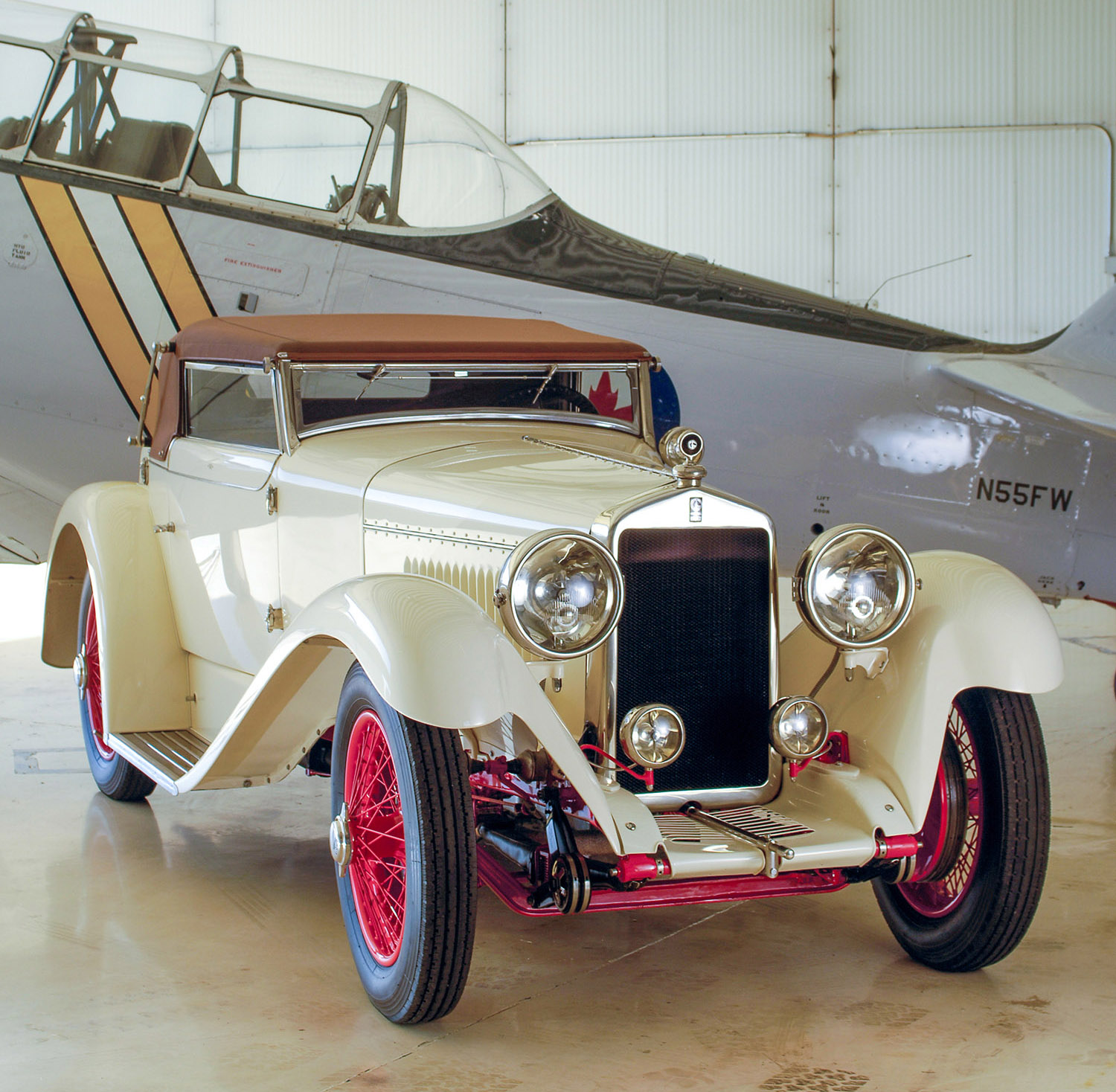
Early Pourtout coachwork was conventional but often dramatic, as this low-windscreen Georges Irat demonstrates. While the family acknowledges that Marcel ran the shop but did not draw, his wife Henriette had a good eye for the right line.
Life at Pourtout changed the day in 1933 when a neighbor and dentist named Georges Paulin visited Marcel with a way to construct a retractable steel hardtop. Combined with the support of a successful car dealer by the name of Émile Darl’mat (1892 – 1970), Pourtout Carrosserie blossomed. Pressnell addresses these years in great detail. Gijsbert-Paul Berk wrote an overview for VeloceToday in a series of articles entitled The Three Musketeers, so we will not belabor it here. Suffice to say that it serves as an excellent primer to whet one’s interest in Pressnell’s much more detailed book.
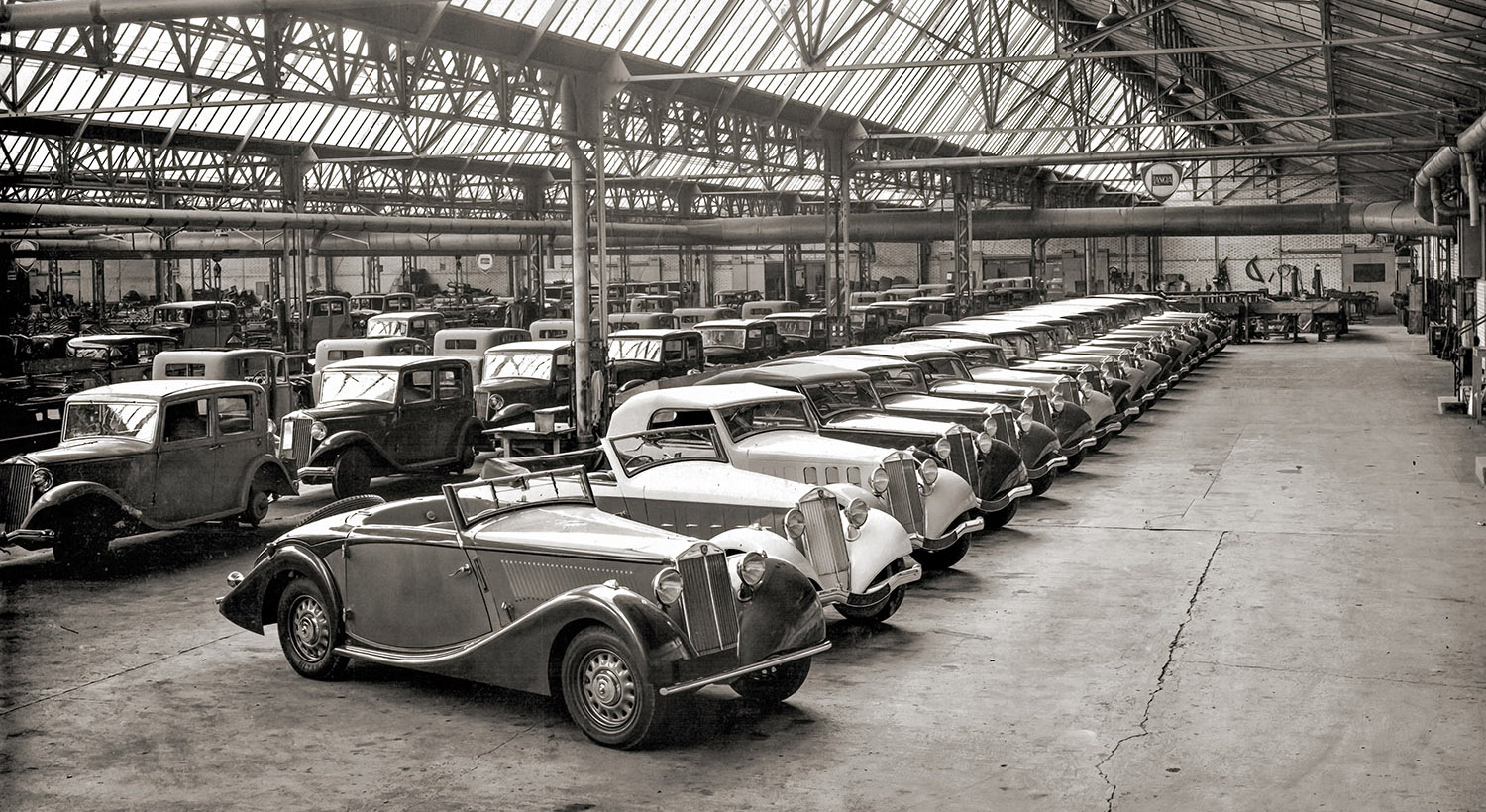
Most of the Lancia Belnas bodied by Pourtout came from Lancia dealerships, Lancia’s Bonneuil factory was turning out the Belna (aka Augusta) in large numbers.
One can break the Pourtout history up into a few parts:
1925-1933 Establishing the business
1934-1939 The Peak Years: Darl’mat, Paulin and Lancia
1940-1945 War years
1946-1955 The end of automobile coachbuilding
1955-1995 Coaches, advertising vehicles, trucks
Pressnell covers each era in considerable depth. While we are all focused on the 1930s, Pressnell rightly tells the tragic story of the war years; Pourtout’s firm was in the heart of industrial Paris, and like thousands of others he took his family south to avoid the Germans. But he was forced to return and to continue to at least try to produce ambulances and repair German war vehicles. It was a rough time, but he and his family lived through it. Not so lucky was Paulin, who, along with Jacques Kellner and Roger Raven, were shot as resistance members. The loss of Paulin would mean the loss of Pourtout’s main designer, and would make the post war transition very difficult.
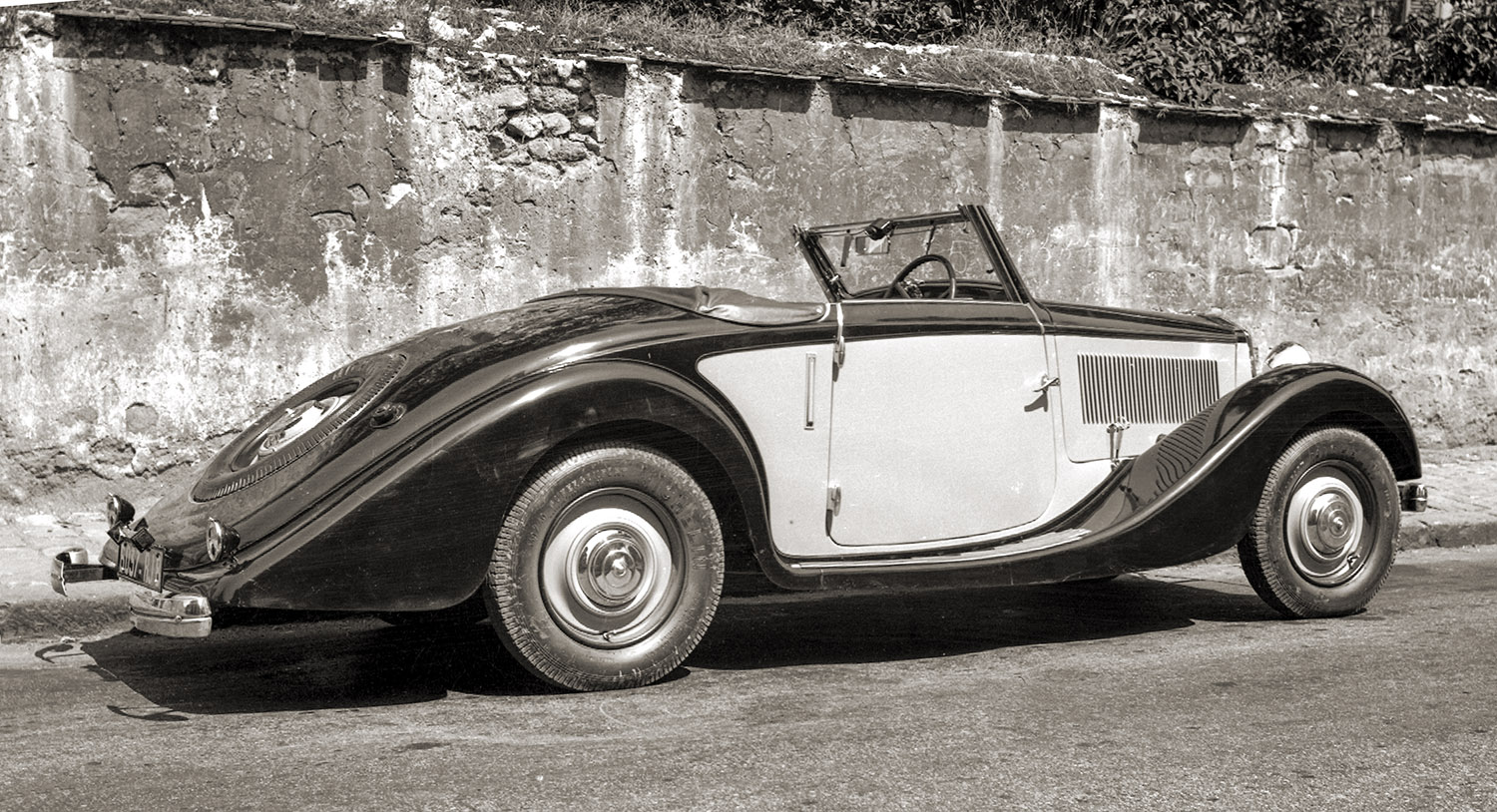
The best of Pourtout on one Lancia Belna chassis: the Eclipse retractable hardtop with elegantly swooping fenders. Probably the personal car of Victor Luyckx, whose shop provided Pourtout with many of the wooden frames for the bodies.
Pressnell also gives a decent portion of the 488 page book to the post war production of commercial vehicles, trucks, advertising vehicles and trailers that allowed the family firm to thrive as the great era of French coachbuilding came to a close. A rapid decline after the war was augmented by the design and construction of commercial advertising vehicles so popular after the war. Boneschi and Frua also successfully engaged in this.
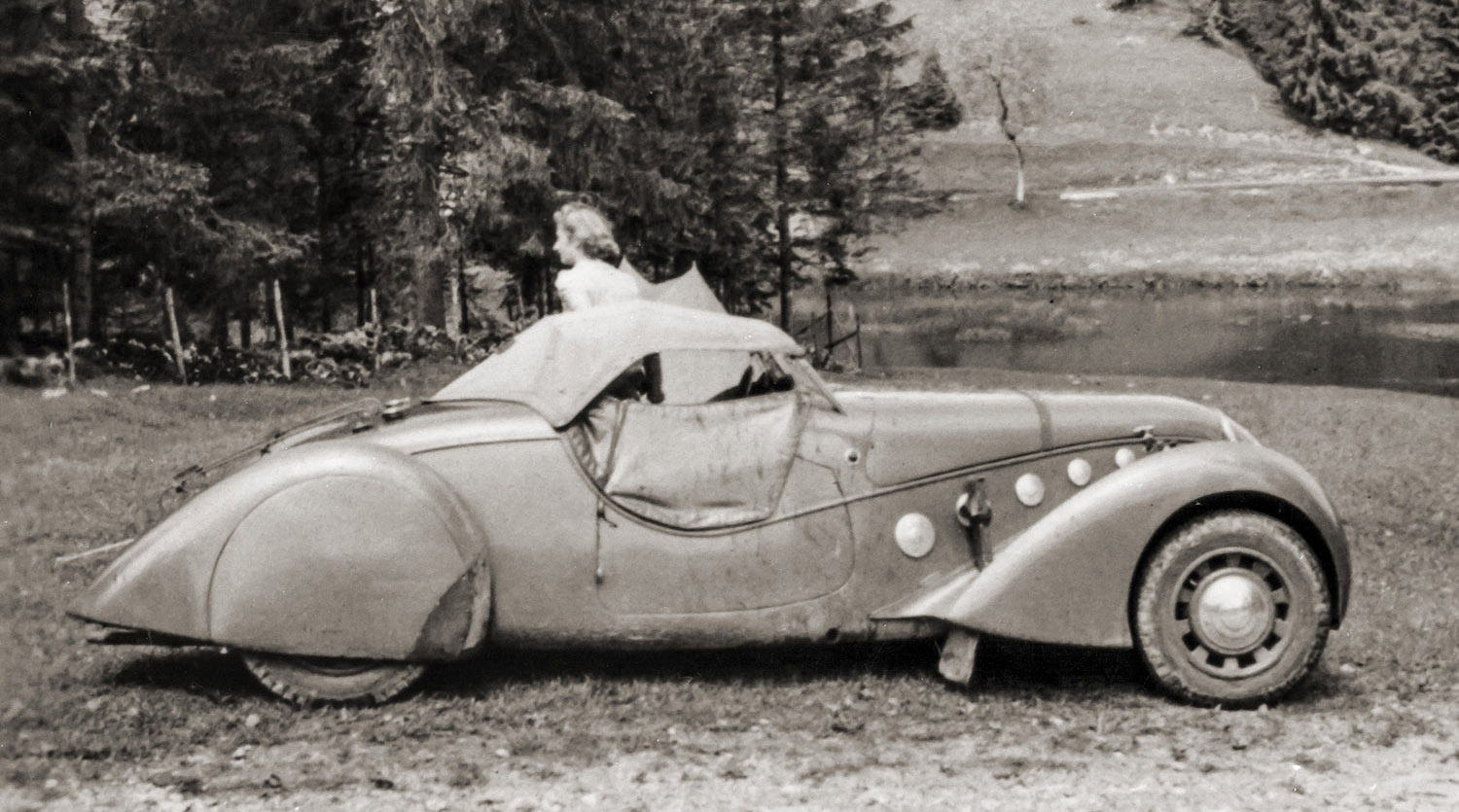
We just had to use this one. We all know what the famous Pourtout/Paulin Darl’mat Peugoet looks like without its top. Here it is in real life and weather.
Perhaps the most useful portion of the book are the appendices. We must list them:
One: Surviving Cars
Two: Register of Carrosserie Pourtout commission numbers
Three: Victor Luyckx commission numbers
Four: Lancia Belna (Augusta) bodied by Pourtout
Five: Peugeot Darl’mat Special Sport bodied by Pourtout
Six: Delage New Generation bodied by Pourtout
Seven: Lancia Ardennes (Aprilia) bodied by Pourtout
Eight: Renault Primaquarte Saprarsport bodied by Pourtout
These list each car built by Pourtout, though there are admittedly a lot of questions and omissions; they are based on lists kept by the firm and include body type and more importantly, chassis numbers.
There is a brief index, footnotes that often name source material, no bibliography but a fairly complete acknowledgements page.
It goes without saying that this will be an essential volume for anyone interested in French coachbuilding; the price is reasonable. Don’t hesitate.
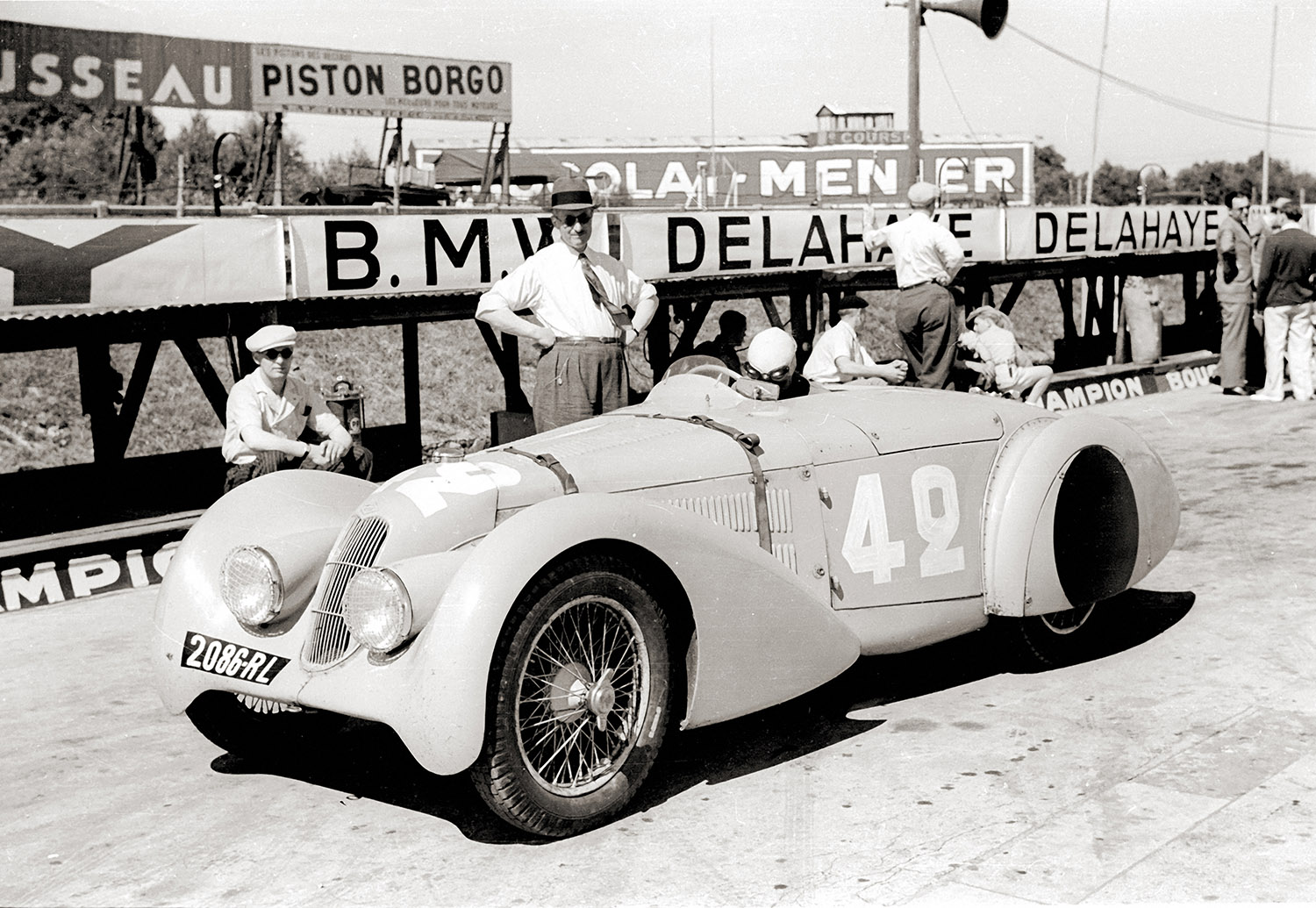
Pourtout was not known for lightweight competition bodies, but at the 1937 Coupe de la Commission Sportive event this Pourtout bodied Riley finished second in a ten car race.
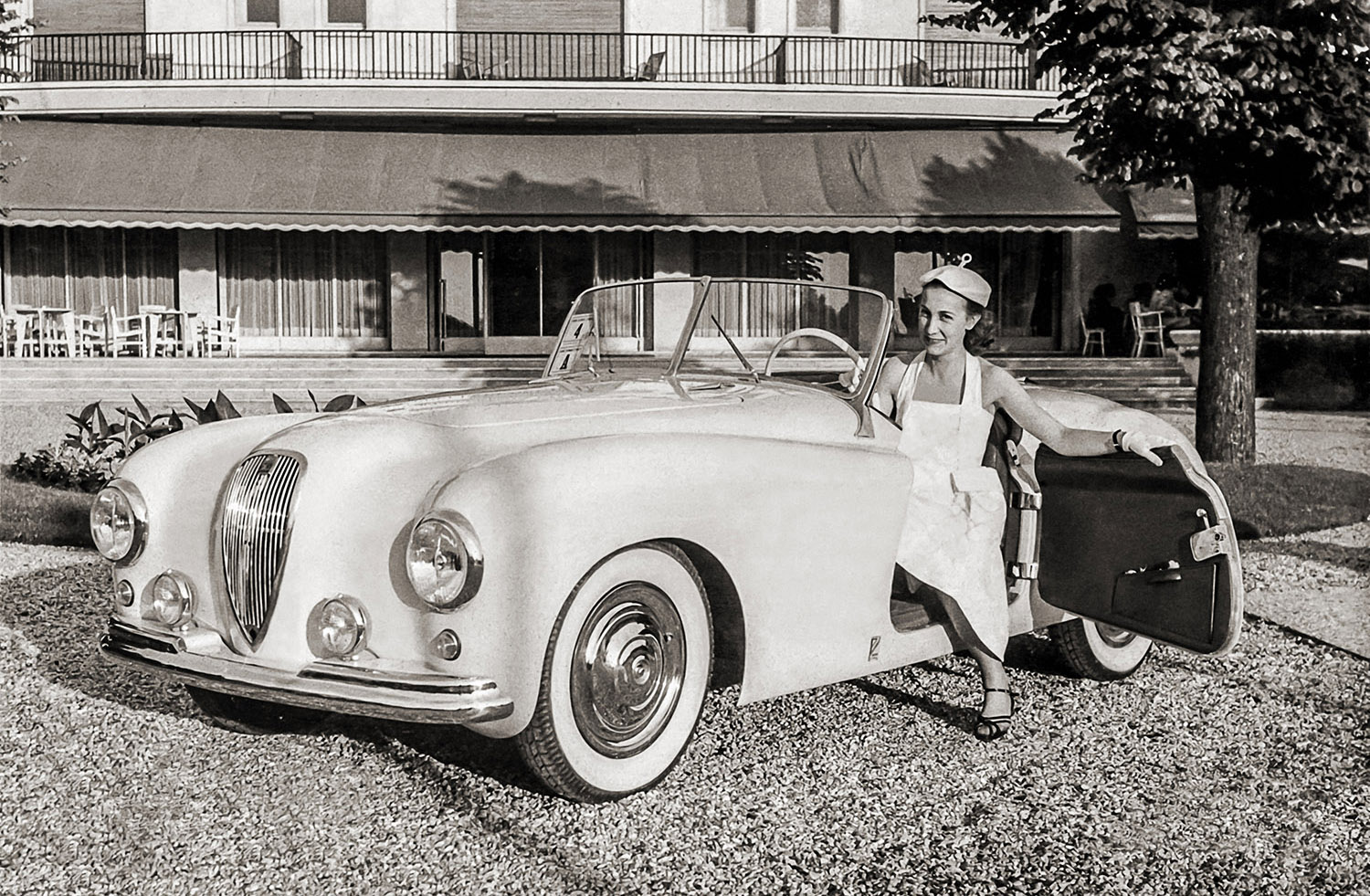
A deal with Simca, similar of that with Lancia, failed to materialize. This attractive Simca roadster was displayed at Paris in 1950, but wasn’t enough. Do you know what bested it?
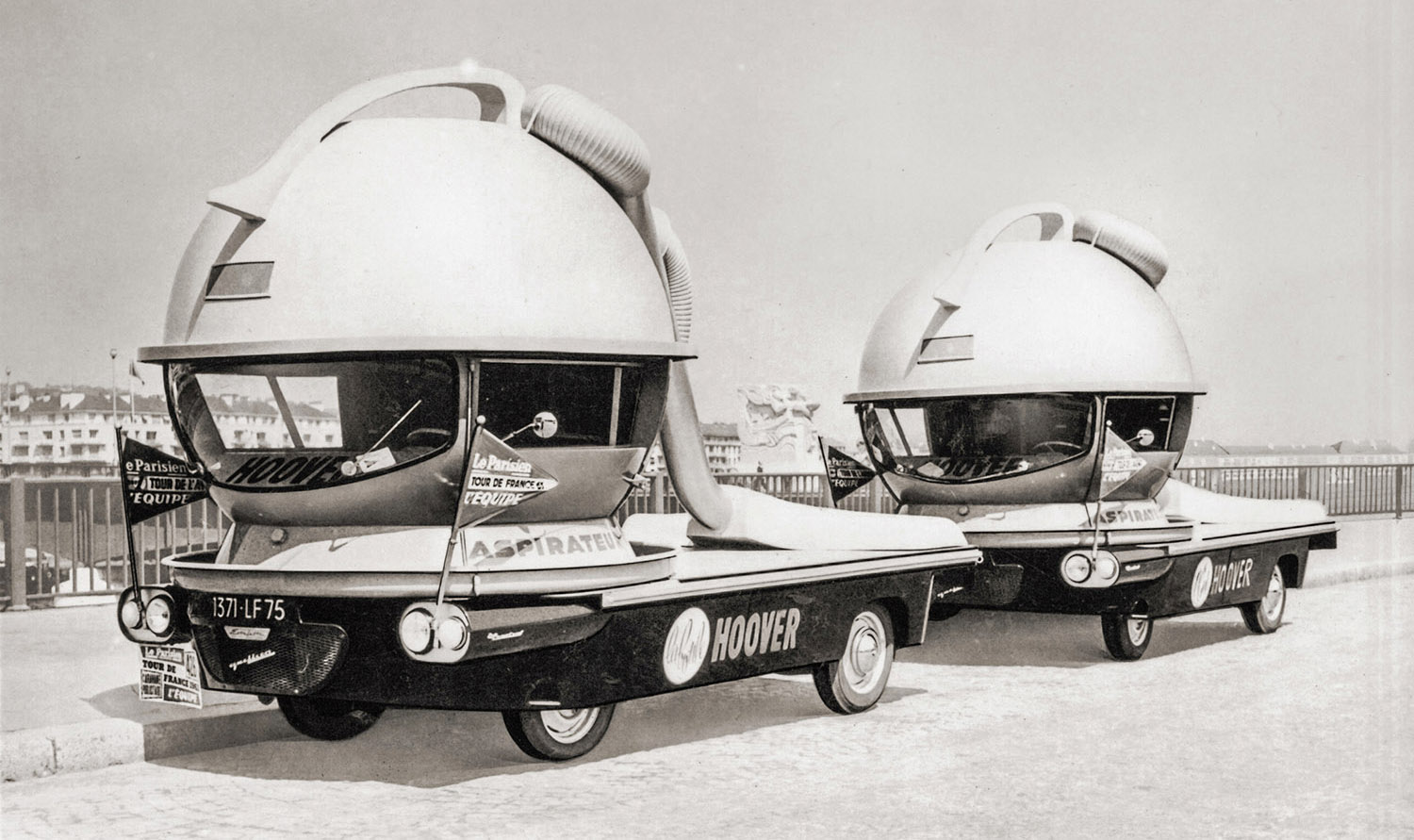
No longer a market for coachbuilt luxury cars, Pourtout turned to the lucrative commercial market. These are Hoover vacuum cleaner advertising vehicles from the early 1960s.
Marcel Pourtout: Carrossier
by Jon Pressnell
488 pages
754 photographs
290mm x 219mm
Hard cover with dust jacket
ISBN: 978-1-85443-286-5
$150
20 MyRewards points with purchase
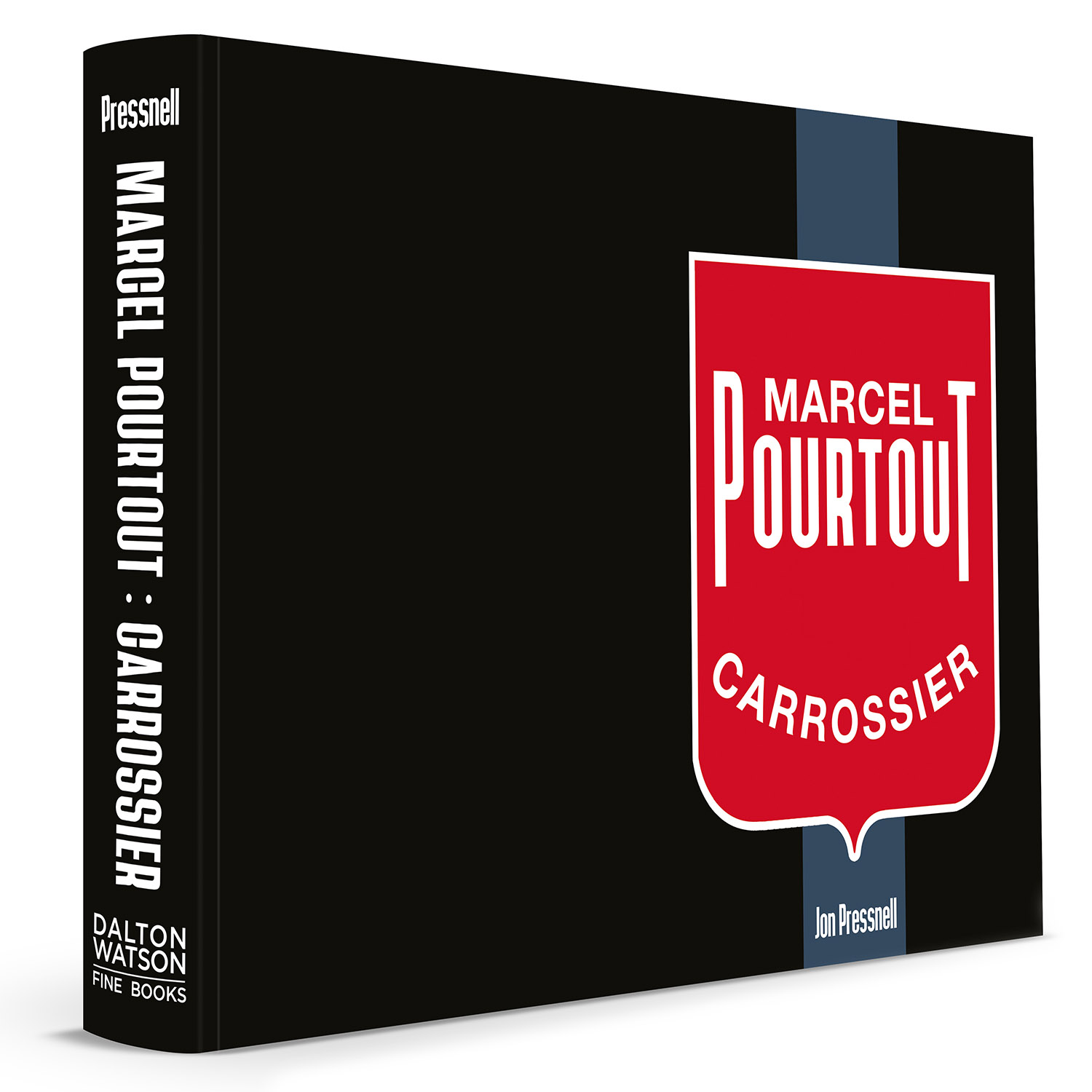
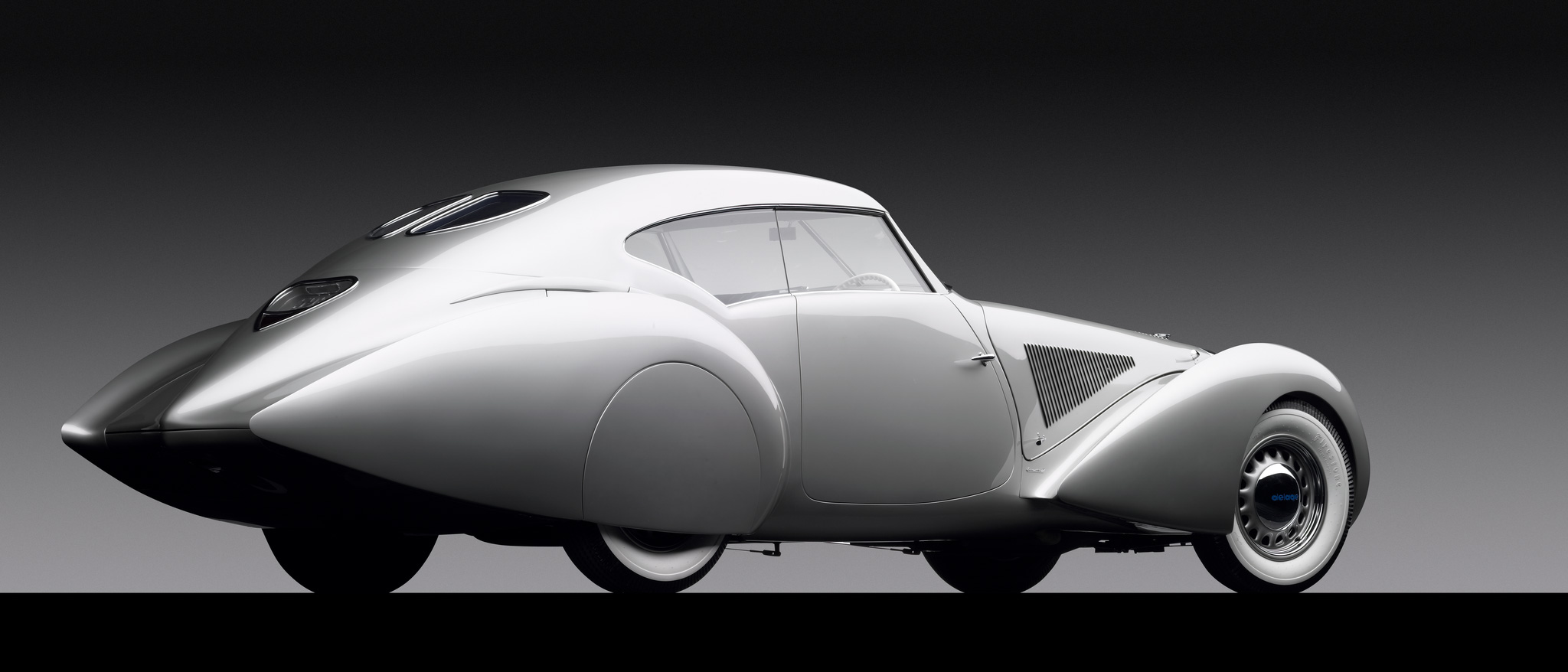
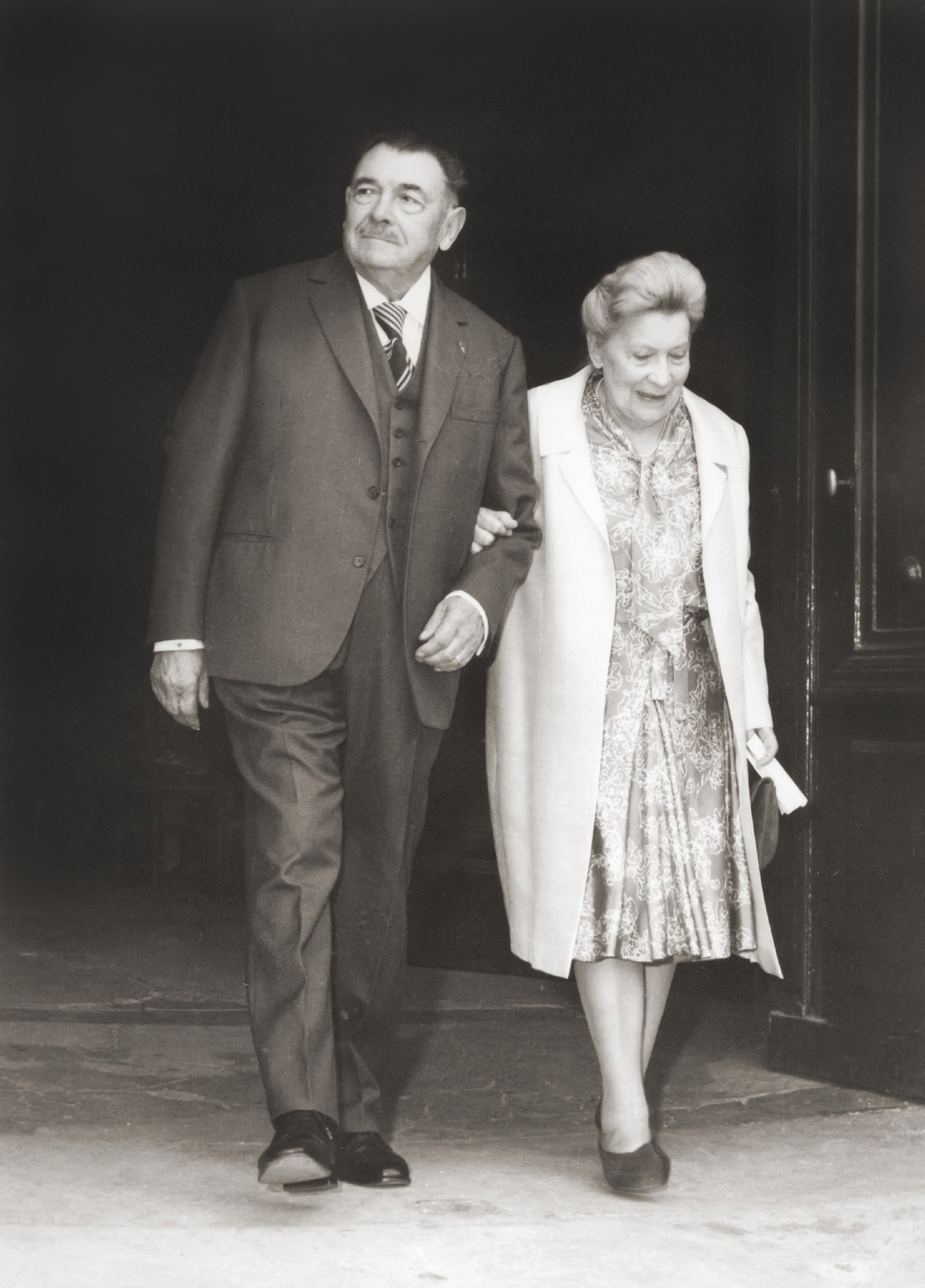
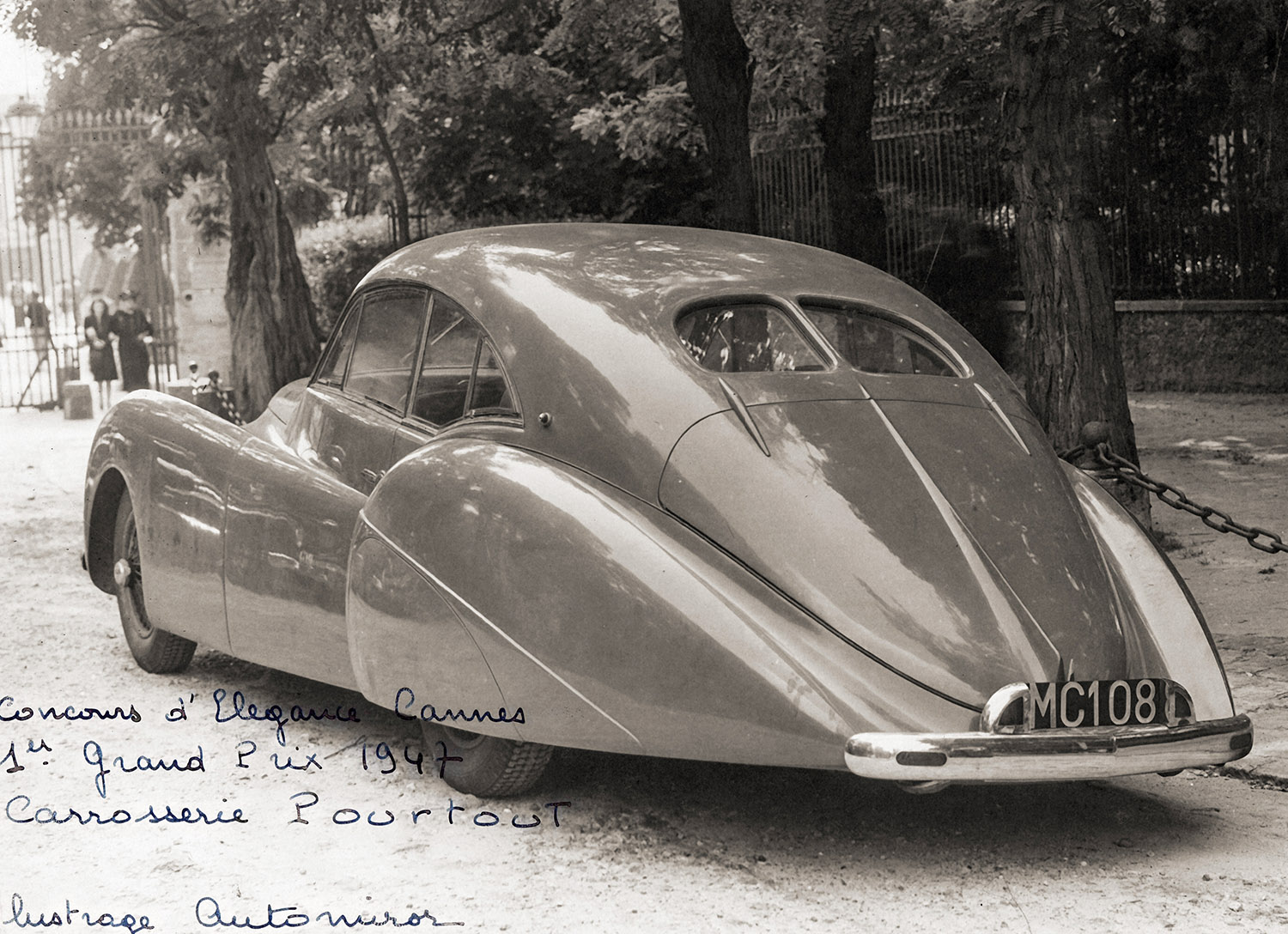
Keenly looking forward to seeing this book. The author is a meticulous researcher so the publication should be in-depth and accurate.